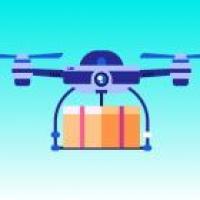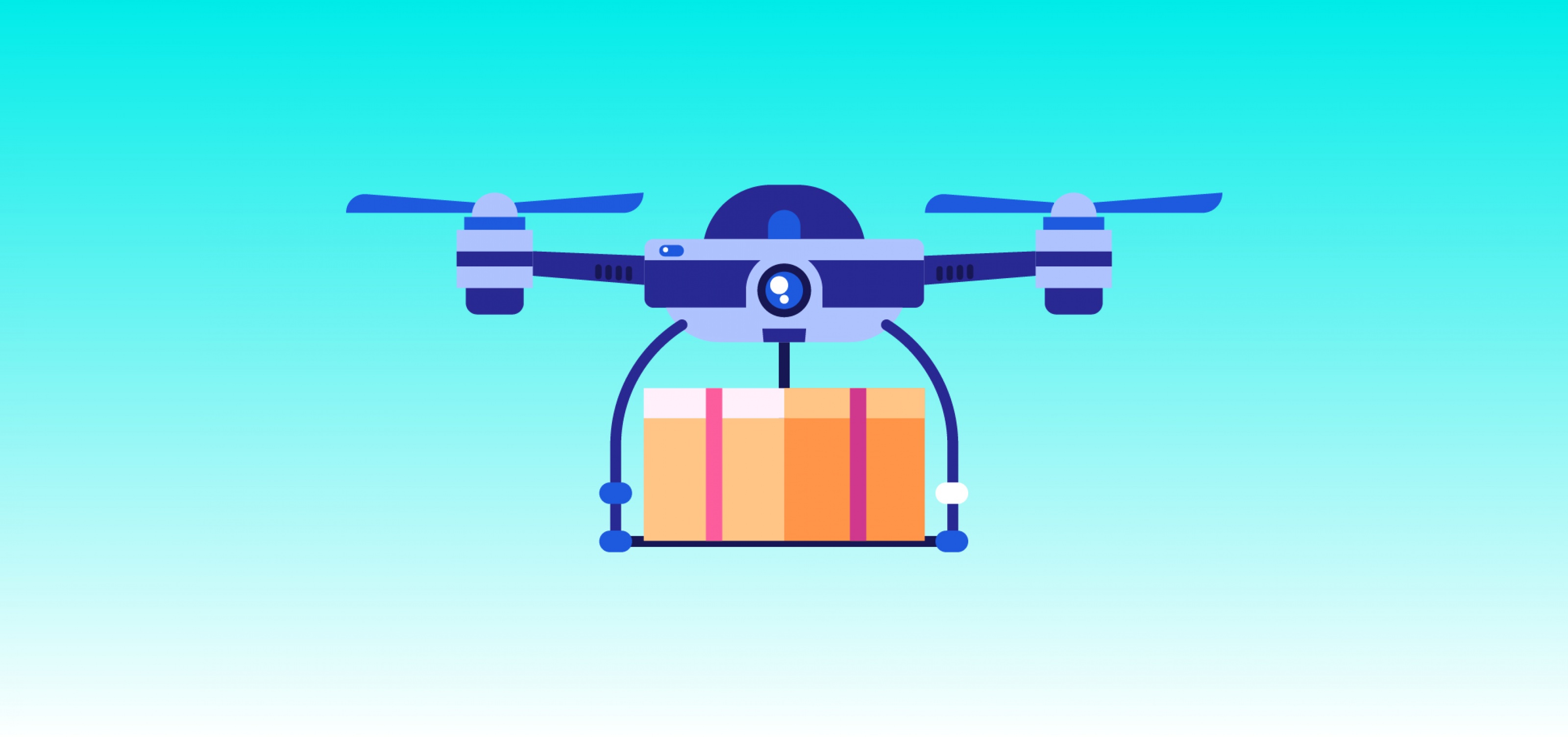

“Delivery drones are the future.” | iStock/krugli
One-click purchases and instant delivery have helped fuel the growth of e-commerce, but this convenience has come at the cost of increased traffic congestion, longer commute times, and strained urban communities.
A 2018 report from Texas A&M University found that delivery trucks represent just 7% of U.S. traffic but account for 28% of the nation’s congestion. Delivery drones could help take some of the load off the pavement, and aerial delivery systems already operate in some countries. But even the best drones have limited payload capacity and flight range. What if we could combine the last-mile flexibility of drones with the long-haul capacity of ground-based vehicles to make e-commerce more traffic-friendly?
In a recent presentation at the IEEE International Conference on Robotics and Automation (ICRA), our Stanford research team unveiled a framework for routing a large fleet of delivery drones over ground transit networks. In our setup, the drones were able to hitch rides on public transit vehicles to save energy and increase flight range. Our algorithm decided which drones should make which deliveries, one package at a time, in what order — and when to fly versus hitching a ride.
In our experiments, we ran simulations over two real-world public bus networks and corresponding delivery areas in San Francisco (150 sq. km) and the Washington, D.C., Metropolitan Area (400 sq. km). We found that the drones could quadruple their effective flight range by strategically hitching rides on transit vehicles. We also found that the “makespan” of any batch of deliveries — the longest it took for any drone in the team to deliver one of the packages in the batch — was under an hour for San Francisco and under two hours for the Washington, D.C., area.
The framework was created by the Stanford Intelligent Systems Laboratory, led by Mykel Kochenderfer, and the Autonomous Systems Laboratory, led by Marco Pavone. Kochenderfer and Pavone are associate professors in the Department of Aeronautics and Astronautics.
“Delivery drones are the future,” Kochenderfer said. “By using ground transit judiciously, drones have the potential to provide safe, clean and cost-effective transport.”
Could drones deliver packages more efficiently by hopping on the bus? - by Shushman Choudhury - Stanford Engineering - June 30th, 2020


